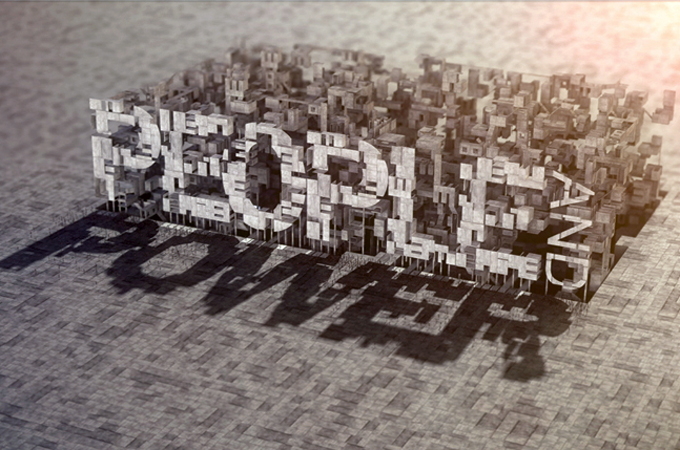
Collapse of the Celtic Tiger
A look at how a former beacon of booming development and social prosperity has been plunged into economic desperation.
Filmmaker: Sinead O’Shea
Ireland has been one of the largest casualties in the global financial crisis, which began during the banking collapse of 2008 and has continued to impact markets and destabilise the developed world ever since.
Keep reading
list of 4 itemsIndia’s income inequality widens, should wealth be redistributed?
Biden slaps new tariffs on Chinese imports, ratcheting trade war
One of the biggest hurdles for athletes on the Olympic path: Money
Following a government guarantee to underwrite the country’s six major banks shortly after the crisis broke, Ireland’s population of 4.5 million was shouldered with an enormous debt of €400bn ($515bn), proportionately the highest per capita commitment in the world.
Yet with bank liabilities accounting for an eye watering 309 per cent of GDP, it quickly became apparent that Ireland would fail to find its own way out of the economic downturn. As a consequence, in 2010, the EU and IMF stepped in to offer Ireland a rescue package worth €85bn ($109bn) – then one of the largest bailouts in history.
How different it had been only a couple of years earlier. Then the country was riding high, revelling in its reputation as the ‘Celtic Tiger’.
With low interest rates, upwardly spiralling property values and seemingly inexhaustible lines of credit available from the banks, for a decade the Irish economy had seemed to be a pin-up for the new age of market deregulation. With money so easy to borrow and fantastic returns apparently offered by even the most speculative investments, property developers became the new heroes of the economy – lauded for their ability to magic profits out of thin air.
According to one of them, Simon Kelly: “We didn’t think we were borrowing it, we thought our businesses were borrowing it for the purposes of owning buildings or building hotels or doing commercial activities, which we all did.”
But it was not just the developers who were enjoying the boom; the country’s rapidly expanding middle classes felt richer too and enjoyed spending the money that seemed to flow so easily into their hands. With more consumers came more retail outlets, more hotels, more developments ….
Of course, like all bubbles, it had to burst eventually. And when it did the liabilities of Irish banks were so huge they threatened to take the whole economy with them – hence the government’s decision to prop them up.
The problem is that all this debt now has to be paid for, by higher taxes, reduced pensions and a shrinking public budget for things like social security, education, health and jobs.
The EU and IMF loans required the Irish government to hack public spending to the bone – by €12bn ($15bn) over the next three years. That may not sound like a huge sum of money in these days when international financial commentators talk blithely of trillions and quadrillions of dollars, but for a small country, with a population of only 4.5 million it is a huge sum.
And as the public sector has tightened its belt to meet these cuts, so the public sector has felt the pain too – businesses have closed, jobs have been lost and unemployment has soared. And inevitably the public mood has soured too.
In 2011, the Fianna Fail ruling party was comprehensively crushed in a general election dominated by angry recriminations over who was responsible for the crisis. But the problems facing Ireland have not gone away and as the years of austerity and cutback stretch out ahead, increasing numbers of young people are emigrating overseas, something that earlier generations of the Irish had been forced to do but which during the boom years had never seemed necessary.
Against this background, filmmaker Sinead O’Shea investigates how Ireland, once a beacon of booming development and social prosperity, could have reached such a point of economic desperation and asks whether the country can ever turn its fortunes around.
People & Power airs each week at the following times GMT: Wednesday: 2230; Thursday: 0930; Friday: 0330; Saturday: 1630; Sunday: 2230; Monday: 0930; Tuesday: 0330; Wednesday: 1630. Click here for more People & Power. |
